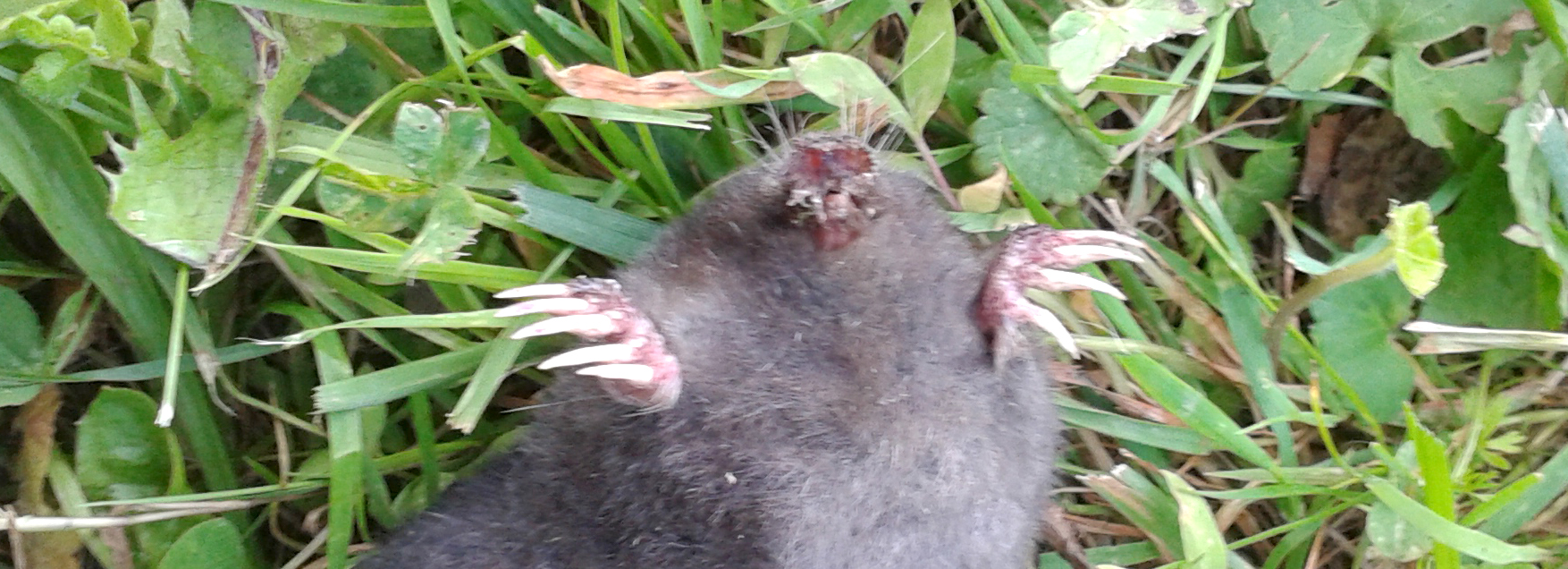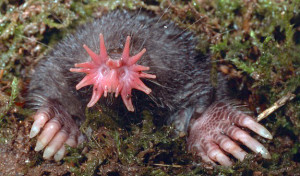Gardening discovery: Meet one of nature’s most amazing creatures
For early June, our family garden is noticeably unimpressive at the moment. The plan this past weekend was to change that.
But before I could start to unroll the black plastic and re-arrange a few cinder blocks to anchor it down, I noticed something odd laying in the dirt a few yards away.
It was a dead mole. A star-nosed mole, to be more specific. And while that may not have been on the level the discovery of the Titanic, I was blown away by the find.
For one, in all my years of enjoying the outdoors, I have never seen a star-nosed mole in the flesh. I’ve seen pictures, and thought they looked extremely odd, but no picture can really give due credit to the mysteries of such a unique creature.
As shown in the picture above, the star-nosed mole gets its name from the star-shaped appendage on its face. The 22-tentacled ultra-sensitive snout, called — no surprise — a star, has amazingly more than 100,000 packed into a space about just a centimeter or two in diameter. It is actually one of the most sensitive touch organs in the entire animal kingdom.
That snout is for locating and grabbing its pray — typically worms, insects and small fish. Yes, small fish. The star-nosed mole is also reportedly a very good swimmer. This is why they typically are found near marshes, bogs or other wetlands — not barren and overly dry gardens.
The clincher to the star-nosed mole’s uniqueness is that it is blind. The odd-looking creature “sees” through its snout. The multitude of stimuli it receives through its star is equivalent to our sense of sight.
Each of the rays (tentacles) of the star is covered in touch fibers known as Eimer’s organs. A star-nosed mole’s snout has more than 30,000 of these fibers. The human hand, for context, has 17,000. Its snout allows it to catch prey 14 times faster than any of its sight-enhanced cousin moles. The star-nosed mole eats its weight in worms, insects and small fish every day. Despite the lack of sight, the star-nosed moles are also one of the animal kingdom’s fastest and most efficient hunters — typically catching and eating their pray in under a fifth of a second.
Want to see this amazing process in action? Check out this video:
It may be quite a while until I can discover a few ripe tomatoes or watermelon in our backyard garden … but no matter what we harvest from it this year, nothing will top the cool experience of finding perhaps nature’s most peculiar and amazing animal this side of a duck-billed platypus.



